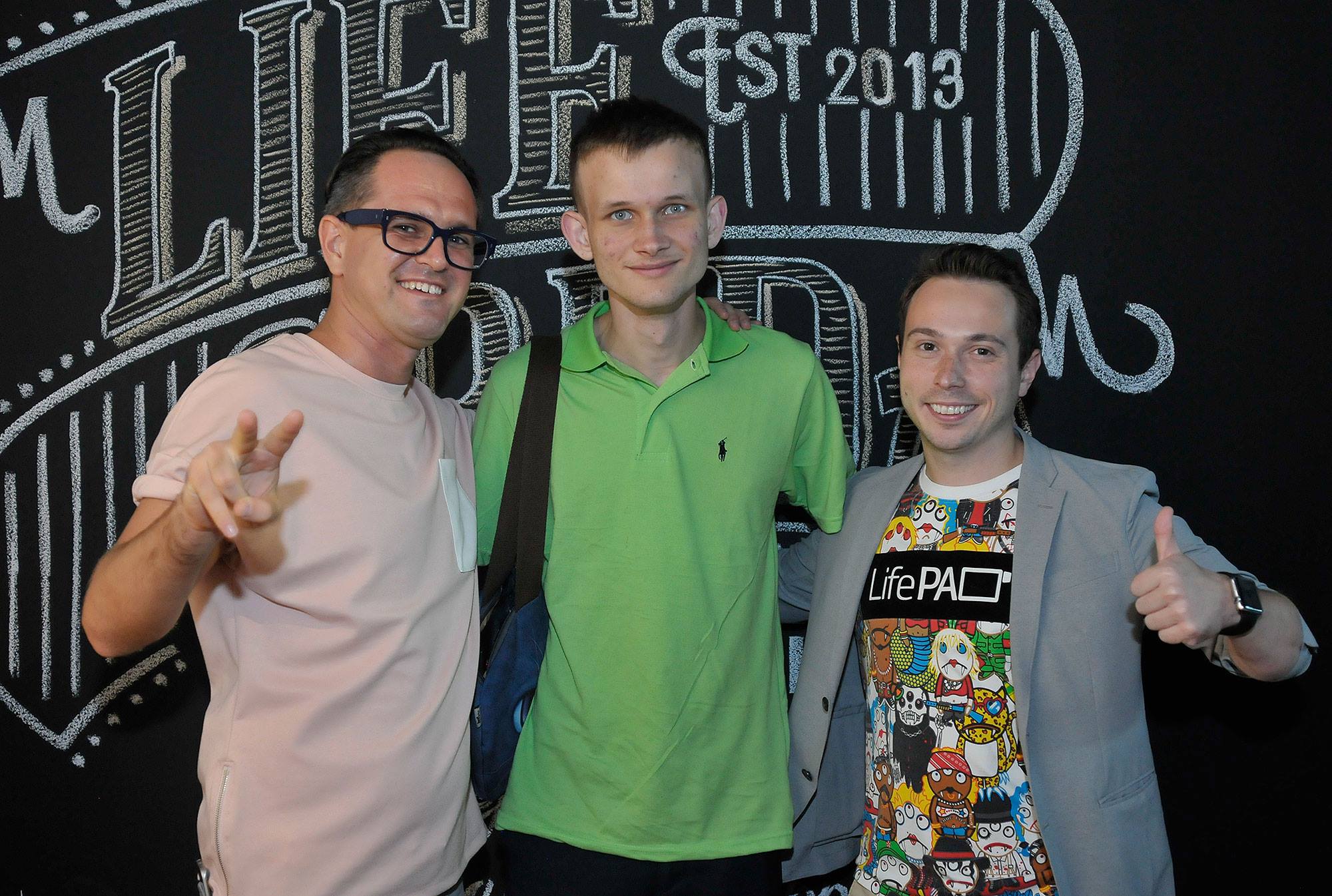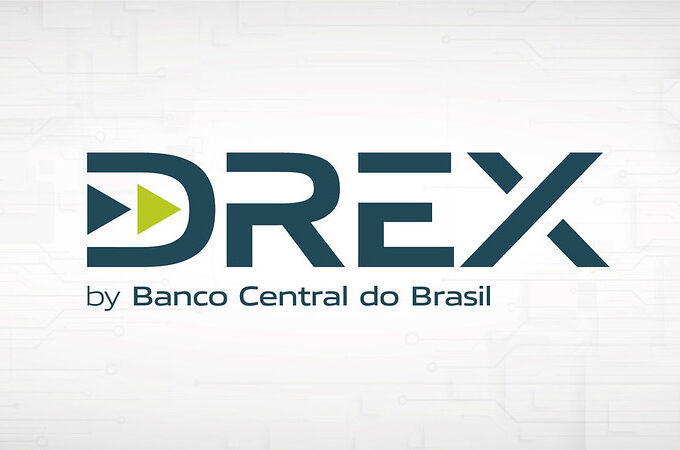
Vitalik Buterin Unveils Proposal to Streamline Ethereum’s Proof-of-Stake
Ethereum, the world’s second-largest blockchain, is on the brink of a transformative change as its co-founder, Vitalik Buterin, presents innovative solutions to streamline the Proof-of-Stake (PoS) consensus mechanism. In a recent proposal, Buterin aims to address the growing complexity within Ethereum’s PoS and make the system considerably simpler and lighter.
The heart of the matter lies in the increasing number of validators on the Ethereum network, leading to a surge in the volume of cryptographic signatures required for seamless network functionality. Buterin’s proposal, outlined on Ethereum Research, revolves around limiting the signatures to 8,192 per slot, a move that promises significant simplification and efficiency gains.
To tackle this challenge, Buterin puts forward three strategic approaches:
- Decentralized Staking Pools:
- Increase the minimum amount of Ether required to operate as a validator.
- Encourage validators to collaborate and pool their resources, fostering the formation of decentralized staking pools.
- Dual-Layer Staking System:
- Introduce two tiers of stakers with distinct requirements.
- Treat the two layers differently in the block finalization process, balancing participation and responsibilities.
- Rotating Validator Participation:
- Implement a system where a randomly selected group of validators is assigned to each slot.
- Distribute the workload more evenly, reducing the overall number of necessary signatures.
While these solutions aim to simplify Ethereum’s PoS, Buterin acknowledges that the third approach introduces additional complexity. The overarching goal is to enhance the efficiency of Ethereum’s consensus mechanism, paving the way for a more scalable and robust blockchain.
The proposed changes come at a crucial time for Ethereum, as the network undergoes a series of upgrades to address existing flaws and propel it to new heights. Buterin’s meticulous approach reflects a commitment to perfection, seeking continuous improvement in Ethereum’s design and functionality.
As Ethereum transitions to Ethereum 2.0, adopting a PoS model, these proposed changes align with the broader development strategy. The PoS model, with validators staking cryptocurrency as collateral, aims to reduce energy consumption compared to the traditional Proof-of-Work mechanism.
In a landscape where blockchain networks constantly evolve, Buterin’s vision for Ethereum’s PoS represents a significant step toward achieving a more efficient, scalable, and user-friendly blockchain. The proposed changes, once implemented, could position Ethereum at the forefront of blockchain technology, setting new standards for consensus mechanisms in the crypto space.





